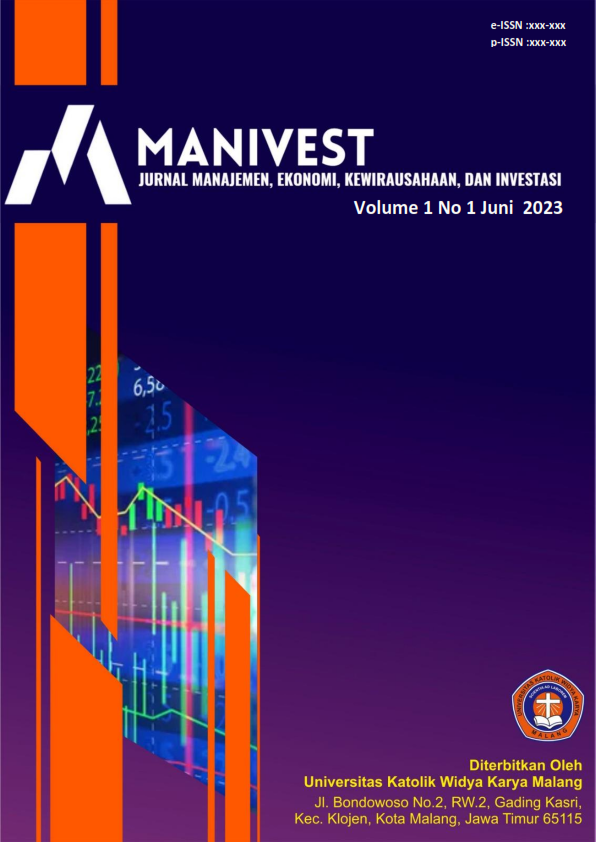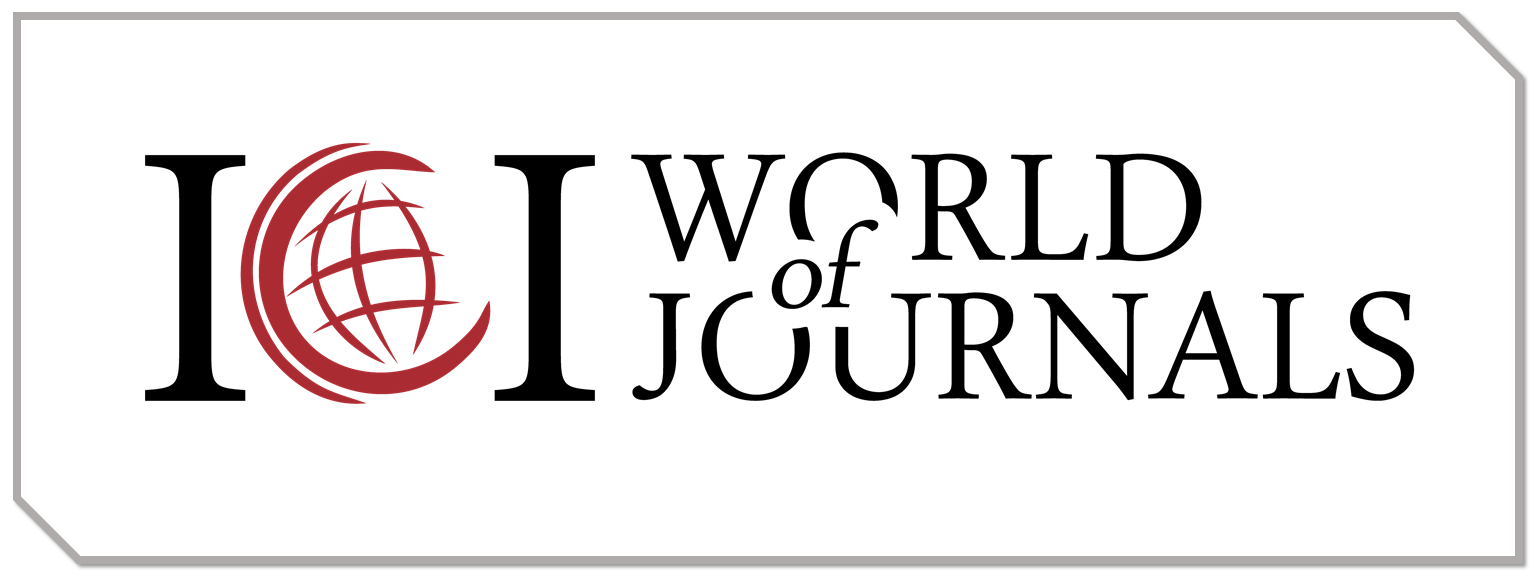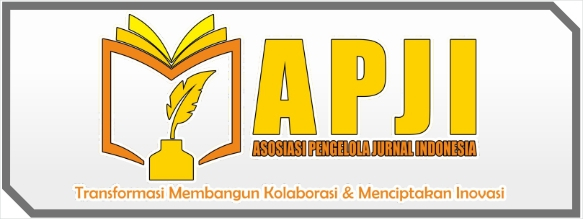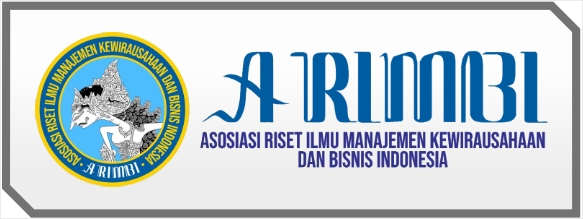Strategi Pengembangan Ekonomi Pedesaan Melalui Penguatan Potensi Sumberdaya
DOI:
https://doi.org/10.37832/manivest.v1i2.47Keywords:
Community Economy, Village Development, Economic StrengtheningAbstract
Abstract. Village development had a significant tendency to be handled uniformly by the central government throughout the New Order era. Village development programs are more top-down in nature. Village development was increasingly delegated to the community itself throughout the reform era. Central and local governments take on facilitator positions and functions, offering financial support, mentoring and supervision. Many initiatives to reduce poverty have been undertaken, including the Assistance Program for Disadvantaged Communities and Education for Presidents of Disadvantaged Villages. Village development programs are more bottom-up or a mixture of bottom-up and top-down. This research is included in qualitative research, namely research that does not use mathematical calculations, statistics and so on, but uses scientific emphasis or findings that cannot be achieved using statistical procedures or other methods of quantification. In spurring economic growth, economic policy must embrace a new paradigm where people's economic empowerment must be the main concern. Because most people in rural areas live in the agricultural sector and this sector still makes a large contribution to the regional economy, empowering the people's economy also means building a better rural economy. Industrial development must pay attention to backward linkages with the agricultural sector or primary sector, while forward linkages must pay attention to processing to increase added value and good marketing so that the products produced are not wasted.
References
A. dkk Muthalib, “Analisis Partisipasi Masyarakat Dalam Pembangunan Desa (Studi di Desa Wawolesea Kecamatan Lasolo Kabupaten Konawe Utara,” 2016.
A. Puspasari, Amelia dan Koswara and Yudhi, “Arahan Pengembangan DesaTertinggal Kabupaten Bondowoso Berdasarkan Aspek Sosial, Ekonomi, dan Infrastruktur,” J. Tek., 2016.
B. Kurniawam, “Desa Mandiri, Desa Membangun Kementerian Desa, Pembangunan Daerah Tertinggal, dan Transmigrasi Republik Indonesia. Jakarta,” 2015.
A. Soleh, “Strategi Pengembangan Potensi Desa,” 2017.
M. E. Atmojo, “Efektivitas Dana Desa Untuk Pengembangan Potensi Ekonomi Berbasis Partisipasi Masyarakat di Desa Bangunjiwo,” J. Sos. Polit., 2017.
S. Kancana, “Scenario Planning Sebagai Alat Formulasi Strategi,” J. Adm. Bisnis, 2011.
Lexy J. Moleong, Metodelogi Penelitian Kualitatif. Bandung: Remaja Rosdakarya, 2009.
Kartini Kartono, Pengantar Metode Riset Sosial. Bandung: Mandar Maju, 1996.
M. K. Alim, “Negara Vs. Kemiskinan di Pedesaan.” 2017.
A. Syahza, “Model Pemberdayaan Masyarakat dalam Upaya Percepatan Pembangunan Ekonomi Pedesaan Berbasis Agribisnis di Daerah Riau. Penelitian Fundamental DP2M. Jakarta: Direktorat Jenderal Pendidikan Tinggi Departemen Pendidikan Nasional.” 2007.
O. R. Santoso, Eko Budi dan Putri, “Pengembangan DaerahTertinggal (Underdevelopment Region) di Kabupaten Sampang,” J. Tek., 2012.
Anonimous, “Rancangan Awal Rencana Strategis Kementerian Desa, Pembangunan Daerah Tertinggal Dan Transmigrasi Tahun 2015-2019. Kementerian Desa, Pembangunan Daerah Tertinggal, dan Transmigrasi Republik Indonesia. Jakarta.” 2015.
Tobirin, “Formalitas dan Simbolisasi Politik Pemberdayaan Masyarakat dalam Pengentasan Kemiskinan di Pedesaan,” 2013.
















